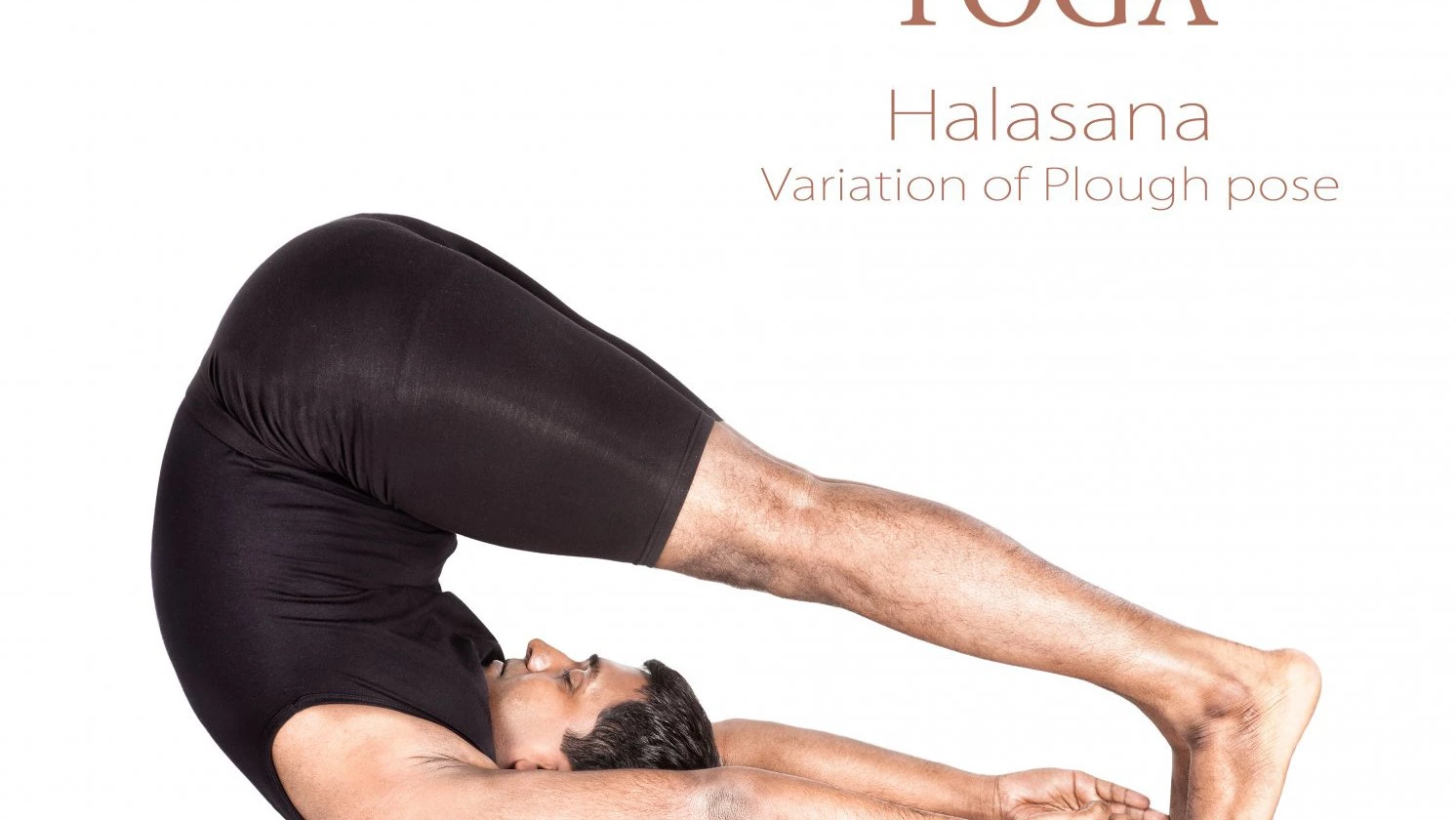Working Your Edge: Stretch Tolerance On and Off the Mat

Becoming ‘more flexible’ is one of the more common interests for people entering a yoga program. Many studies from exercise science and yoga increasingly demonstrate the immense benefits of stretching including increased range of joint motion and tissue extensibility (aka ‘increased flexibility’). One aspect that is rarely addressed in the development of flexibility is stretch tolerance. Let’s discuss how yoga stretching offers benefits in improving stretch tolerance along with some mindful cautions.
Stretch tolerance is the degree in which a person can tolerate the sensations of tissue resistance and sensory discomfort when moving a joint through its range of motion. Joints and their surrounding muscle and connective tissues have mechanoreceptors designed to detect potentially damaging forces (i.e. too much force or too much depth going into tissue extension). These receptors will generate a neural reaction (i.e. muscle contractions via muscle spindle firing when a deep stretch occurs) to protect the joint and tissues. We can also encounter discomfort and resistance when there are adhesions in connective tissue (ie adhesions in the fascial tissue around muscles) or at the cellular level (i.e. adhesions in the titin protein filaments at the sarcomere level).
Regardless of the origin of ‘resistance’, we typically experience similar sensations of ‘discomfort’ when starting a yoga program and having a lack of experience with stretching. Various research has presented that consistent stretching programs can increase extensibility at various tissue levels leading to increased range of motion. Many researchers also conclude that an increase in the ‘sensation’ of improved flexibility can come from simply an improved stretch tolerance and our ability to move through to our tissues’ elastic end points with greater ease and less effort without having a true increase in tissue length and elastic edge.
The mechanisms for improved stretch tolerance are not fully clear, but researchers are exploring both physiological adaptations as well as psychological changes. As yoga practitioners, we can readily observe these changes – the first time we practiced, the sensations of resistance are abundantly clear along with the discernible effort to get into the most basic of poses. Then, after several months of regular practice, a sense of ease and receptivity grows especially when integration of breath and visualization techniques are firmly rooted into the practice.
This ability to physiologically and psychologically adapt to resistance and ‘discomfort’ becomes a profound tool to take off the mat translating into how we manage the ‘discomforts’ of every day living. Being able to breathe space and awareness into daily stresses and disassociate from their potential manifestations of negativity. This is the power of our practice – beyond stretching, beyond ‘working out’ – the power of adaptation that gives us the ability to readily shift towards a state of grounded connection and spacious positivity regardless of the energies surrounding us.
But what happens when we develop this stretch tolerance without mindfulness and, instead, having it facilitated by the Ego? Let’s always remember, our muscles and connective tissue have a finite elastic edge or end point. You push too far and go beyond that edge, the tissues will undoubtedly tear. Is the discomfort in stretching not also a protection mechanism so we remain in tune with our true range of motion and edges? If we develop our stretch tolerance so extensively, could we loose our ability to know when to ‘back off’?
And what about heated practices? As the temperature increases, the force and time necessary to stretch a muscle also decreases (hence why so many people are drawn to hot yoga). As the body warms, sensitivity of muscle spindles decreases which is further amplified with superficial heat. Our muscle spindles are designed to PROTECT and these mechanisms are being dampened.
As much as we can greatly benefit from increased stretch tolerance (on and off the mat – directly and indirectly in its’ soulful applications), we could also flow into precarious intentions especially when the practices are lacking integrity, intelligence, and respect. The more our stretch tolerance develops, the more humility and observation of ahimsa (non-harm) need to be applied. If performance goals override all other intentions and this is being driven by teachers who encourage you to ‘find your edge, breathe into it, and push further’, basic physiology will catch up to you and your enhanced stretch tolerance will readily open a window to injury.
The body is constantly communicating to us. It is essential to always remain in tune with this conversation. Despite our ability to dampen some of the noise coming from our sensory pathways, we should not loose sight of the caring nature of ‘discomfort’.
 Kreg Weiss, BHKin, is a certified hatha yoga teacher, international presenter and kinesiologist (exercise science). All of his classes integrate a purposeful, meditative quality to allow for an experience of connection and reflection while the body explores expansion and renewal. With a background as a fitness trainer and athlete, Kreg has been teaching yoga since 2002 and complements his teaching practice with additional studies in Kinesiology and Health Sciences at the University of British Columbia. Through integrity-driven classes, Kreg aims to provide students with the tools to pursue a unique, confident practice where asanas, pranayama, and meditation interact collectively to rejuvenate and heal the body and mind.
Kreg Weiss, BHKin, is a certified hatha yoga teacher, international presenter and kinesiologist (exercise science). All of his classes integrate a purposeful, meditative quality to allow for an experience of connection and reflection while the body explores expansion and renewal. With a background as a fitness trainer and athlete, Kreg has been teaching yoga since 2002 and complements his teaching practice with additional studies in Kinesiology and Health Sciences at the University of British Columbia. Through integrity-driven classes, Kreg aims to provide students with the tools to pursue a unique, confident practice where asanas, pranayama, and meditation interact collectively to rejuvenate and heal the body and mind.



